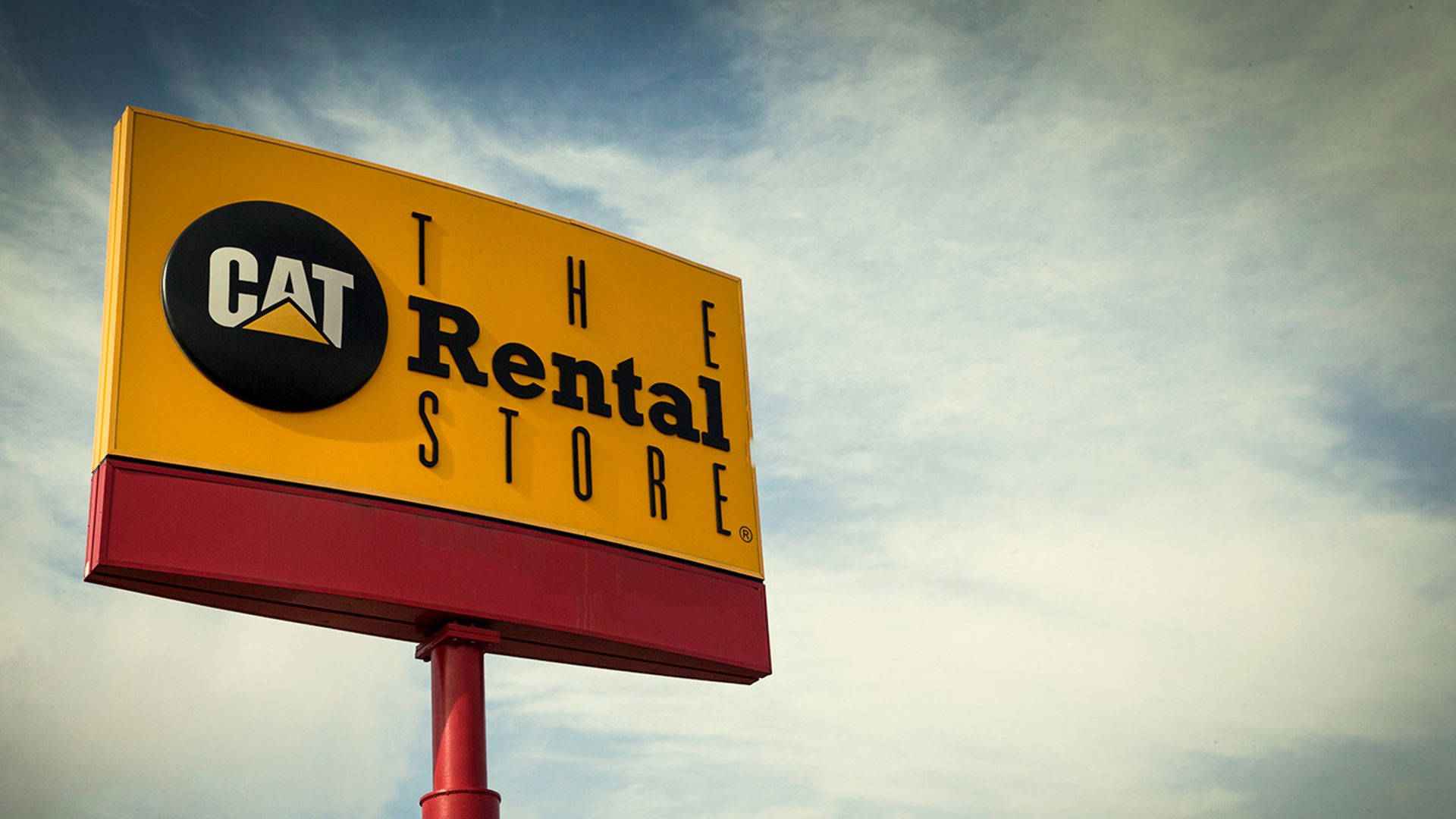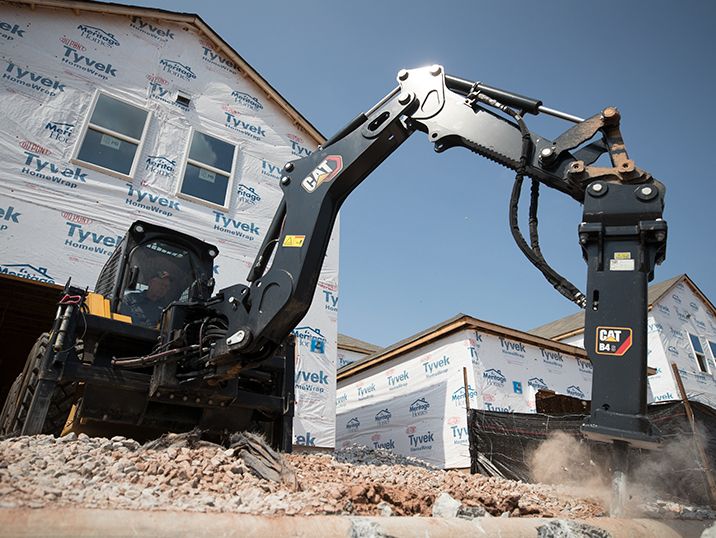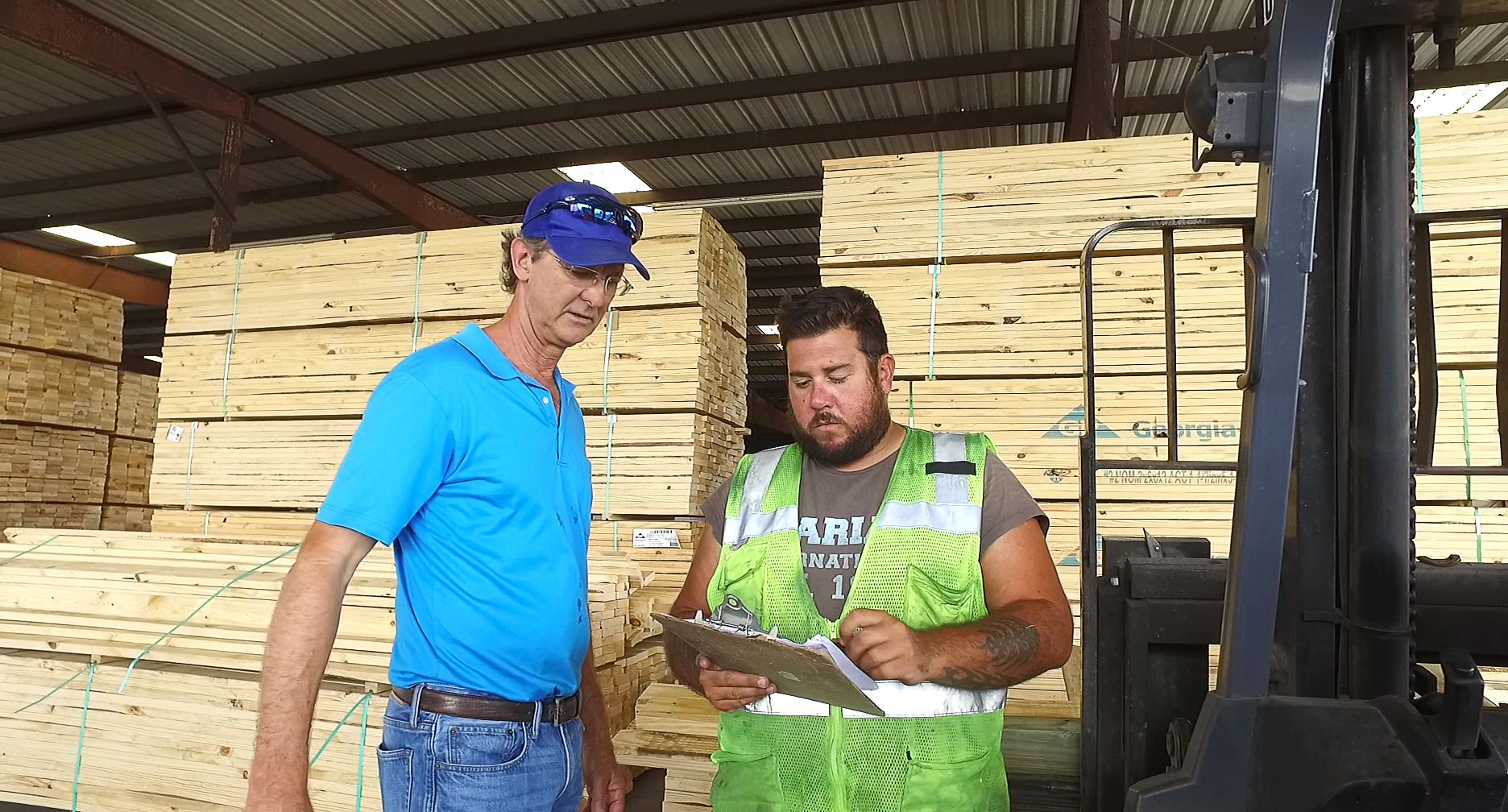Have a Wildfire Evacuation Plan
If a fire is heading toward your home or business, you need to know how to get away from it safely. Usually, that means traveling downhill, toward a low-lying area, away from the fire. Create an evacuation route, tracing it over a physical map. You can also print out a map and directions from an online map service. For an office or business, print out a map of the building with evacuation routes traced on it. Encourage employees to take the stairs, rather than the elevators, when evacuating for a wildfire.
Have two routes planned away from your home or business in case one is blocked or there's heavy traffic. Make sure everyone is familiar with the routes before a fire occurs. You might want to hold drills every year before fire season begins, during which you practice evacuation.
If you have to evacuate your home, take only one car to help keep traffic on the way out to a minimum. If members of your household aren't at home when the evacuation order comes through, make sure you have a plan for making contact with each other or a safe meeting point picked out. Also, choose a relative or friend who lives in a different state to be your outside contact. When evacuating, contact this person to keep them up-to-date on your situation.
Have a "Go Bag" Ready
Depending on the severity of a fire, you might need to leave your home or business at a moment's notice. You might not have time to pack up the things you need, which is why it's smart to have a bag of supplies at the ready. When the evacuation order comes in, you and your family members can grab the bags and head out. Encourage your company's employees to pack go bags at their homes, too.








![The three types of fires[list]](https://s7d2.scene7.com/is/image/Caterpillar/CM20211110-71ebd-180c6)















